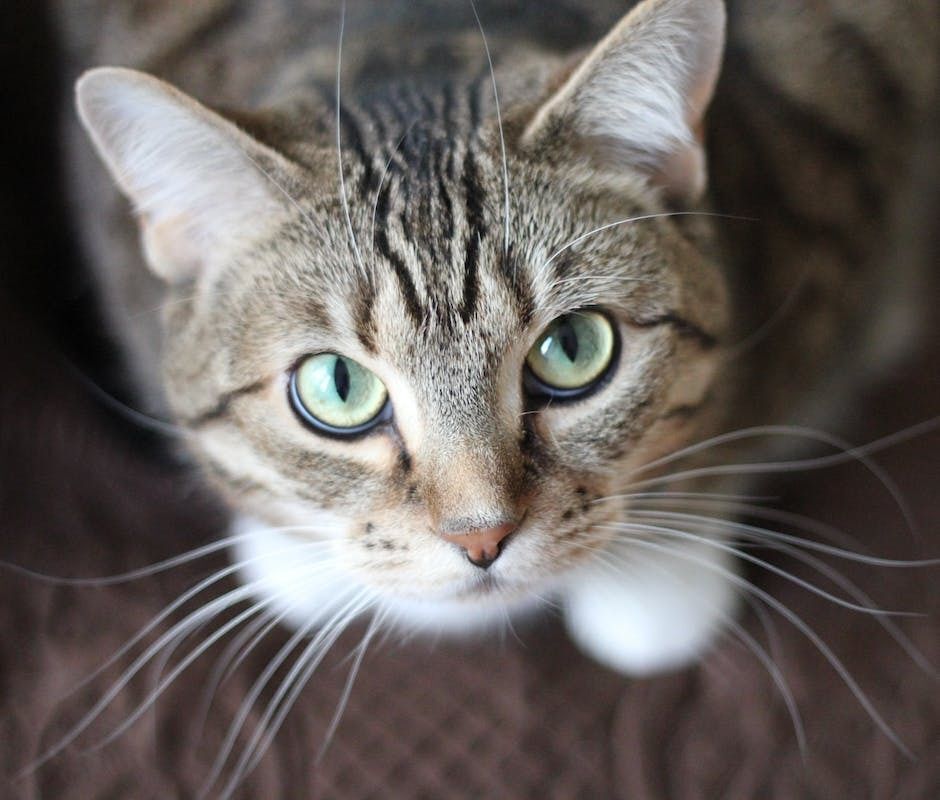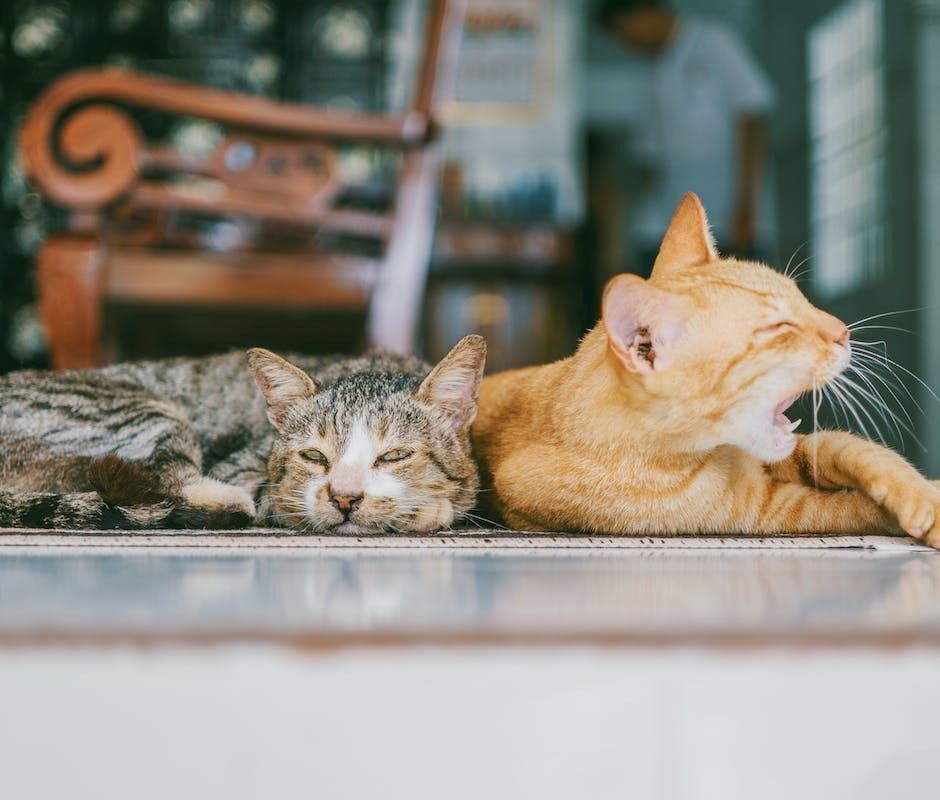The factoring triggers in felines are largely predatory in nature. Out of the eight or so subspecies found amongst the genus of felines, the most modern cats can be recognized from bobcats, pumas, lynxes, jaguars, leopards, and even cheetahs, all of which range in sizes that span from twenty-three to almost one hundred and fifty pounds. These creatures all share a dazzling array of gorgeous colors, eclectic temperaments, as well as an assortment of different lifestyles that once made them suitable for their native habitats.
These cats may come in a variety of different shapes and sizes, yet they also share many remarkable traits. Not only do they have razor sharp retractable claws, their coats are covered with fur to protect them from the weather and a thick, wiry layer to make them water resistant. Furthermore, many of them possess the unique ability to rotate their ears to hear experiencing heightened awareness and utilising their predatory nature.
The Leopards are garnered as one of the most graceful cats in the world. Most commonly found in Africa, a leopard can adapt to a different environment in a manner that allows them to be elusive to their predators, yet still pursue after their prey. A cheetah, on the other hand, is distinguished from the other members of the genus by its capacity to run at a dizzying speed of 60 miles per hour.
The Javan Leopard, however, carries its own charm, with immense beauty and incredible clarity in its eyes, as if these golden coloured cats were radiating from within. Jaguars, another variety of the feline family, carry their own unique talents, being the only cats in the genus with the ability to roar.
The Snow Leopards, a rare species of the feline genus, share the same ancestral line as the leopards yet are much larger. Their fur coats are much thicker than their counterparts, and the colour tends to range from a mesmerizing blend of creamy-white and golden-brown.
A kitten gets this gorgeous coat after emerging from their mother. Despite the fact that the kittens can take up to nine months to be completely weaned, with the help of that snuggly coat that warms them up, the kittens will don„t have any difficulty surviving in their harsh winter homes.
Among the more exotic genomes of the family, the Clouded Leopards boast a large and powerful frame. One might even be surprised by their almost tabby-like appearance upon first glance. With a nifty combination of their smoky stripes and circular cloudy grey patches, these cats look positively stunning while also maintaining a high level of strength and agility.
The Domestication of Cats
Felines, the mysterious element within the shrinking biodiversity on Earth, are one of the few animals that have been domesticated by man. Since they not only make up a crucial part of the eco system as apex predators, cats are also known for their close relationships to mankind, with some even being regarded as „sacred animals„ in certain parts of the world.
The first cats surfaced around 5,500 years ago, and the domestication process began with the Egyptians, often regarded as the pioneers of modern cat domestication. It is speculated that these experienced hunters initially welcomed cats in their homes with the purpose of exterminating the rat population.
However, this relationship evolved into something much more respectful. Egyptians often revered cats as gods, and many families kept cats enclosed in their homes to protect them from the hot weather. To this day, cats remain one of the most loyal and beloved members of many households across the world.
Cats can still demonstrate a wild side, but surprisingly, many cats that are domesticated can still be benignant hunters. Even when a domestic cat is no longer hunting to survive, they still crave the silly instinctual urge to stalk.
Despite their warm presence, some people have yet to learn how to properly nurtures a healthy relationship with cats. If you are to bring a cat into your home, then it is essential to have some basic knowledge about the different kinds of felines available and how to provide them with the right surroundings that their species require.
Along with the establishment of adequate shelter spaces for cats, there are various other things one can do to help take care of these humble creatures. Providing your cats with nutrition, exercise, brushing, and stimulating entertainment should be priority.
Your cat should also receive regular check-ups from a qualified vet, as small medical problems can quickly arise into something more serious. This way, not only will you become a more well-versed local cat guardian, but your cats will also be provided with a healthy and sustainable environment.
The Territories of Cats Across the World
The habitat of cats can range across the globe, from the Arctic to the sub desert areas of Africa and Europe. However, many of the more subtle species can be easily found in wooded areas like jungles, forests, and swamps.
The unique factor that differentiates cats from other predators is their level of adaptability. These highly specialized animals have adopted a variety of strategies to fit into the ever-changing environment.
Whether it’s the Tiger with its bright orange coat, the Snow Leopard with a greyish-white fur cloak, or even the Giraffe-spotting Ocelot, cats remain the ultimate symbol of poise and elegance. Whether they are predators or prey, they have the unique capacity to adjust and thrive effortlessly in various habitats.
Cats can not only be found in these habitats, they have also become accustomed to living life closer to humans. They’ve even domesticated themselves to become stylish house cats, which has had its own set of implications on the environment as well as on the well-being of the cats.
The fact that cats are seemingly independent, self-governing animals has resulted in various misconceptions. But one should be aware of the fact that while cats may survive without human intervention, consciously looking after a cat’s well-being through regular check-ups and general healthcare is essential.
The Impact of Urbanization on Cats
Urbanization has had a massive effect on many species, particularly felines. From the Pallas’s Cat to the Sand Cat, we’ve seen species dwindling down to a mere 35 that are left in the wild.
For many cats, urbanization has had implications on their populations due to the limited resources they are exposed to. A lack of appropriate food, safe living spaces, and medical care can lead to overcrowded living conditions and an inability for them to thrive in their natural surroundings.
The deterioratingenvironment has become increasingly hostile for these creatures, as cities are rapidly developing with no consideration for their well-being. This, coupled with a general lack of knowledge regarding the need for safety measures towards these creatures, has further compounded to these species’ lifespans being cut short.
The most worrying factor, however, is the never-ending immensity of their decline. As the human population continues to expand, cats are becoming increasingly territorial and more frightened of humans. This, in turn, is pushing them away from their living spaces.
It is essential that humans start to take into account the well-being of these creatures and draft policies to put an end to this ongoing trend. This will create a symbiotic relationship between cats and people that benefits both the characters.
The Array of Cat Poisons
Cat poison, one of the most fractious phenomena in Modern Day, must be dealt with tremendous diligence. Cats, just like other animals, are prone to wandering around in the streets and inadvertently come in contact with certain hazardous substances.
These substances can include household cleaning products, insecticides, automotive products, rat poisons, antifreeze, fungicides, and many human foods. Even if these substances don’t necessarily cause any harm, they can still pose a severe danger to cats.
This is especially alarming for cats that live close to homes, as people have a tendency to leave suspicious substances lying around in the open. This urge comes as an unconscious reaction to many of us, and it’s important to be conscious of it as it may have lasting effects on an unsuspecting cat.
These cats can also contract illnesses as they wander the street. Some of the more common illnesses amongst urban cats include feline leukemia, feline infectious peritonitis, and feline immunodeficiency virus.
The best way to ensure that cats are safe is by offering access to basic medical care. But it’s also important to be aware of the dangers of cats being poisoned, as it’s one of the most excruciating and traumatic experiences an animal can have to go through.
It’s also important to be mindful that cats are more vulnerable to poisoning as compared to other animals, so it’s essential that the environment around them is kept as clean as possible by constantly being on the lookout for any potential dangers.
Cat Repellents and Deterrents
There are certain precautions that one can take so as to minimise cats from entering their yards and gardens. The most popular deterrent products are sprays, which can be purchased at pet stores.
Cat repellents are especially useful if you are trying to repel stray cats or cats from neighbouring homes. They also work effectively when cats that come by to mark their territories or simply to spend time in those areas.
It’s important to note that cats generally need a certain amount of space to explore. Therefore, simply trying to directly repel them may not be the best solution.
An easier method is to make your garden a less desirable option for them by planting natural cat-repellent trees and plants. This method not only offers a deterrent for cats, but it also provides your property with aesthetically pleasing greenery that will naturally scare away cats.
Apart from this, there are many other tools that can be incorporated in order to keep cats away. Ultrasonic or sound devices can be used, as cats generally are unable to tolerate the shrill noises that these machines emit.
Motion detector lights can be another deterrent, as cats tend to stay in the dark. If talking to cats’ owners fails, then the use of motion detector technology can be used to persuade cats to stay away from your yard.
Cats are beautiful creatures that have an important part to play in the biodiversity of this world. Therefore, it’s essential that people realise the implications of urbanization and poisoning on cat populations. With so much diversity within the feline family, one should strive to provide them with a safe environment that allows them to thrive.


